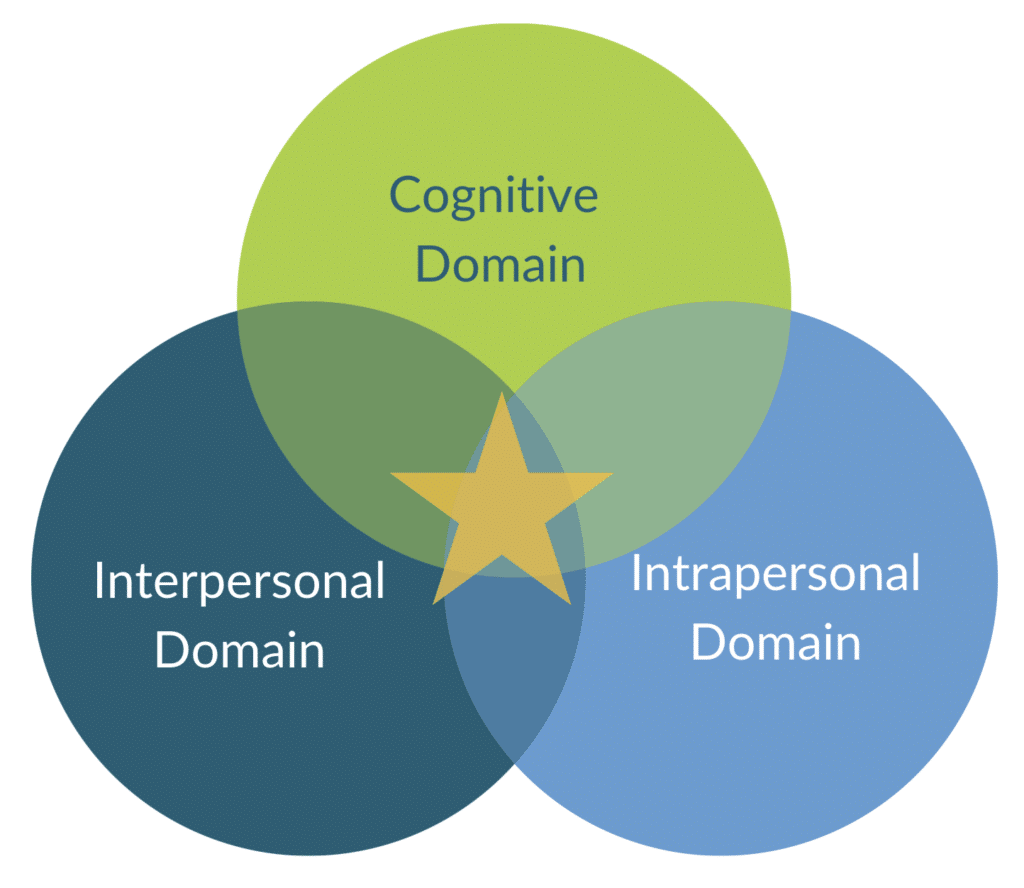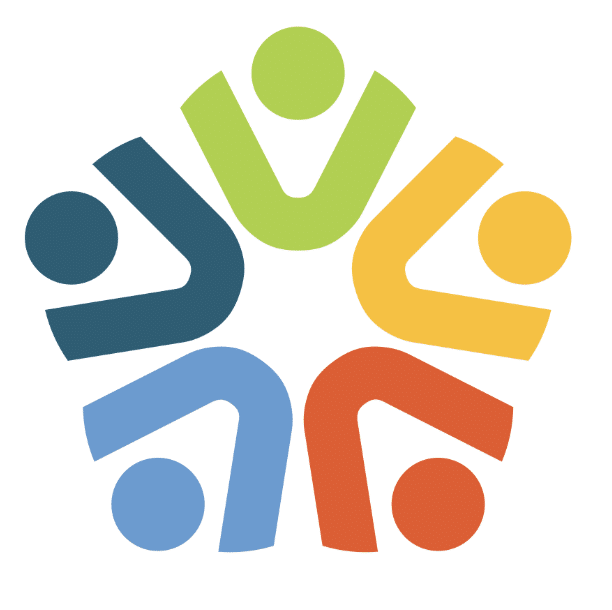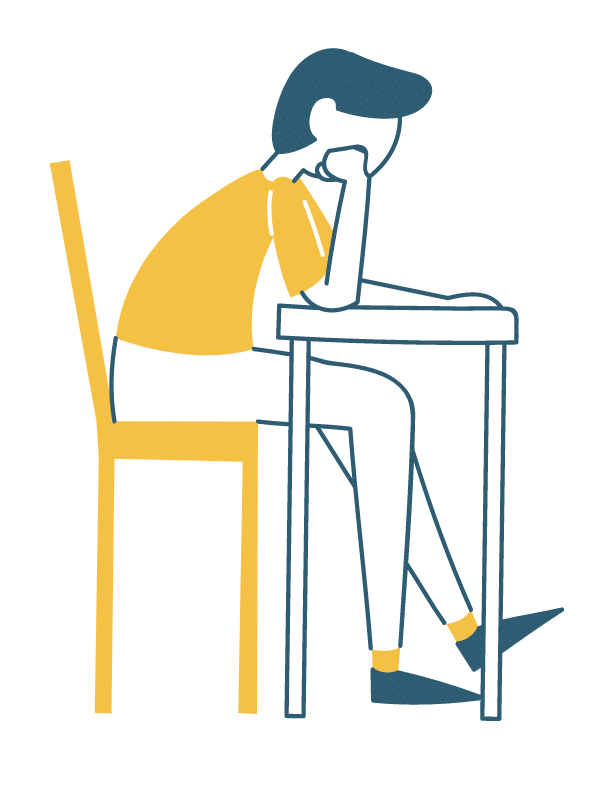What barriers make designing for deeper learning in schools challenging?
In today’s rapidly changing educational landscape, educators face numerous challenges when designing instruction that promotes deeper learning for all students. Recently, I had the privilege of meeting with a group of international educators in Dubai grappling with these challenges. Through our online series, we explored the power of universally designed blended learning models to achieve deeper learning outcomes. Our discussions culminated in selecting specific challenges to explore in-depth, with the goal of prototyping solutions at the Learning Leaders Summit in Dubai. As I listened to their experiences, I couldn’t help but notice how closely these challenges mirrored those faced by educators in the United States.
Designing for Deeper Learning
The sign of deeper learning is the ability to transfer or apply knowledge and skills to new and novel contexts. However, to design for deeper learning, teachers must consider the intersection of cognitive, interpersonal, and intrapersonal domains.
Cognitive
The cognitive domain refers to the content knowledge and skills students must acquire to engage in deeper learning. This includes higher-order thinking, problem-solving, and reasoning.
How do teachers ensure that instruction and facilitation of learning are accessible, inclusive, and equitable?
Interpersonal
The interpersonal domain includes the collaborative and communication skills students need to work effectively with others and engage in shared tasks. This includes social negotiation.
How can teachers design student-centered lessons that encourage students to learn with and from each other?
Intrapersonal
The intrapersonal domain encompasses the development of skills such as self-directed learning, reflection, and metacognition. These internal skills are vital to cultivating expert learners.
How can teachers weave social-emotional learning (SEL) skills into the fabric of their lessons?
As I facilitated these sessions, I became increasingly excited about the potential of Universal Design for Learning (UDL), blended learning, and social-emotional learning (SEL) to foster deeper learning outcomes. Too often, these three critical components of effective learning are treated as separate initiatives rather than being integrated in a cohesive way. However, when combined, they have the potential to create powerful learning environments that promote cognitive, interpersonal, and intrapersonal growth in students. By weaving these three approaches together, educators can create comprehensive and effective learning experiences that support each aspect of the deeper learning puzzle. UDL, blended learning, and SEL can be harnessed together to create rich and meaningful learning opportunities for all students.
Identifying Challenges and Prototyping Solutions
Prior to our meeting in Dubai, each school group selected a challenge related to achieving deeper learning that they wanted to address. Because schools around the world face many of the same obstacles, I wanted to share these challenges and provide insight into the strategies these teachers were exploring to overcome them. It’s important to note that there are no simple answers in education. The challenges we face are complex and multifaceted, and our decision-making is impacted by the communities we serve and the students we teach. Nevertheless, by sharing these challenges and the ideas generated to address them, I hope to spark a conversation and encourage educators to contribute their own perspectives.
- Have you encountered similar challenges in your own classroom or school?
- What solutions have you tried, and what has worked or not worked for you?
- What questions do you have about these challenges in the context of your own teaching experience?
I’d like to continue this conversation and work together to create more effective, equitable, and meaningful learning experiences for all students. Below are three of the challenges we focused on and some of the ideas generated during our time together.
Challenge #1: Honoring Learner Diversity with Limited Resources
Honoring learner diversity in a school with limited resources is a complex and multifaceted problem. Every year, schools face an ever-widening spectrum of needs in their classrooms, including students with different learning preferences, skills, abilities, cultural backgrounds, and language proficiencies. Teachers are struggling to address the needs of each student effectively, as they often feel they lack the necessary resources and training to provide tailored and individualized instruction to each student.
This problem has far-reaching implications for both the students and the education system. Students who feel unsupported or misunderstood in the classroom may disengage from learning, leading to lower academic achievement, and reduced self-esteem. On the other hand, teachers may experience burnout and frustration as they feel ill-equipped to meet the diverse needs of their students.
In our collaboration, we delved into the potential of utilizing the Universal Design for Learning (UDL) framework alongside blended learning models to create and facilitate lessons that honor the diversity of needs and learner variability in a classroom. During our discussion, a crucial question was raised: “In terms of teacher training, should schools begin with UDL or blended learning?” I proposed that starting with UDL can be a more effective approach, as it can help teachers shift their mindset towards providing learning experiences that are accessible, inclusive, and equitable for all students.
UDL is a research-based framework that focuses on providing students with multiple means for engagement, representation, action, and expression. This approach emphasizes the importance of creating flexible and adaptable learning environments that support all students’ diverse needs and preferences. Once teachers understand how to implement UDL effectively, schools can explore the potential benefits of blended learning in operationalizing UDL.
Traditional whole-group instruction can make it challenging to meet the goals of UDL, as the one-size-fits-all approach may not be suitable for all learners. However, blended learning models can provide a flexible and personalized approach that can cater to different students’ unique learning styles and preferences. By incorporating blended learning into the UDL framework, teachers can provide students with various pathways and variable teacher support to help them progress toward firm standards-aligned goals.
Challenge #2: Student Expectations in a Changing World
Today’s students are part of a hyper-connected world where they have access to a wealth of information, media, and tools that empower them to control how they learn and interact with others. However, many traditional classrooms do not reflect this reality, providing limited opportunities for authentic and meaningful engagement with the subject matter or other students. As a result, students may feel disconnected from school and perceive it as irrelevant to their lives, leading to disengagement and potentially poor academic performance. This disconnect between school and life makes engaging students in deeper learning challenging.
To address the challenge of the growing disconnect between students’ lives and traditional classrooms, we focused on creating student-centered learning environments with blended learning models, where control is shifted from the teacher to the learner. Instead of relying solely on teachers as the experts at the front of the room, we questioned whether this was the most effective use of their time given the vast amount of information available online. Technology is good at transferring information. Students can read articles, watch videos, and listen to podcasts to learn. Technology has the advantage of putting students in control of the pace at which they acquire and process new information. Instead of seeing their value as instructors and experts, we explored the teacher’s role as facilitator and coach, guiding individual and small groups of students in their journey toward mastering concepts and skills.
We also discussed how traditional forms of assessment might not accurately measure students’ learning or provide them with opportunities to transfer their learning in authentic and meaningful contexts. Therefore, we must develop multiple pathways to assess student learning, ensuring all learners can demonstrate their understanding of concepts and skills.
Overall, we need to focus on creating more relevant and engaging learning experiences and assessments for students that better align with their lives outside of the classroom.
Challenge #3: Student Apathy and Lack of Motivation
Student apathy and lack of motivation are significant barriers to engaging students in deeper learning. To engage in deeper learning, students must take an active role in the learning process. They need to be willing to invest time and effort in pursuing knowledge, ask questions, and take risks. Unfortunately, many students are disengaged and lack the motivation to take on this challenge.
This lack of motivation can arise from a variety of sources, including boredom with the subject matter, a lack of relevance to their lives, or a feeling that their efforts will not be rewarded. Students may sometimes feel overwhelmed or intimidated by the material, leading to a sense of defeat before they even start. This apathy and lack of motivation can be a significant barrier to deeper learning, as it inhibits students’ ability to engage with the subject matter and develop a sense of ownership over their learning.
An interesting moment in my facilitation was when someone in the group said, “It feels like there are two paths when students are apathetic and unmotivated. We can either tighten our grip and create harsher consequences or give them more control and agency so students are more likely to engage.” I appreciated this comment because it highlights a fundamental tension in education: compliance versus student agency.
In education, tightening our grip and exerting more control when students aren’t meeting our expectations is common. However, this approach can be counterproductive. Meeting students’ basic psychological needs, such as autonomy, competence, and relatedness, is essential for motivation.
Our conversation focused on incorporating Universal Design for Learning (UDL) and blended learning to build autonomy and student agency into the learning experience. By giving students a degree of independence and the ability to make decisions about their learning, they are more likely to become engaged and invested in their education. We also discussed how providing flexible pathways for learning can positively impact students’ feelings of competence and increase their confidence in their ability to complete assigned tasks.
Finally, we explored the use of social-emotional learning (SEL) strategies to build a strong learning community that is inclusive and supportive. This approach helps to create a positive and safe learning environment where students feel comfortable taking risks and challenging themselves. By combining these strategies, we can help students overcome apathy and lack of motivation, build deeper connections to their learning, and develop the skills they need to succeed in school and beyond.
Achieving deeper learning requires educators to think about and design learning experiences to develop cognitive, interpersonal, and intrapersonal skills. While there are challenges we face in creating environments that foster deeper learning, there are effective strategies that can help overcome these barriers.
A Powerful Combination: UDL, Blended Learning & SEL
By using Universal Design for Learning (UDL) and blended learning, educators can build autonomy and student agency into the learning experience and shift control over the learning to students by providing flexible pathways. Incorporating social-emotional learning strategies can also help students develop the skills they need to overcome apathy and lack of motivation and build deeper connections to their learning and each other. Together UDL, blended learning, and social-emotional skill building can help us create classrooms where students want to engage in deeper learning.







2 Responses
This approach sounds so appealing. I am a middle school Spanish Teacher. We have 40 minute periods. Is this something that could be done within this time period? I’m thinking that the stations could be created for a “weekly “ lesson where students have the whole week to rotate through all the stations. I’m interested in your thoughts. Thank you!
Hi Annette,
You can absolutely run a multi-day station rotation! You can do a two-day four station rotation, or as you suggested, a four day-four station rotation, where students spend time one station each day. That four day-four station rotation allows time for a welcome activity and exit activity to start and end the class. I’ve worked with several teachers on a 40-45 minute class period who use Monday to set up for the week, then rotate students through a station each day from Tuesday through Friday. It definitely makes the class period feel a little less hectic and rushed.
Let me know if you have any follow up questions!
Take care.
Catlin